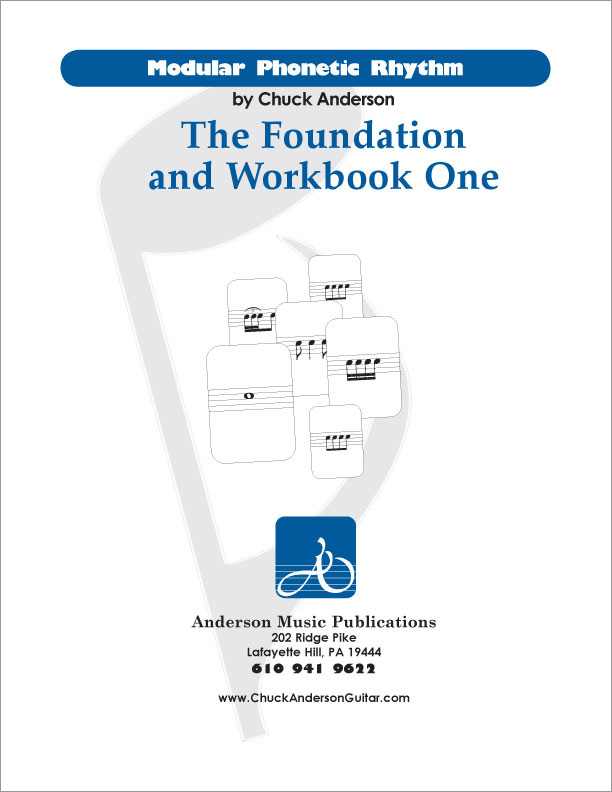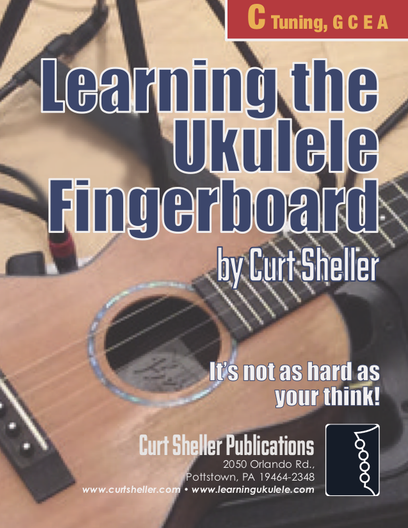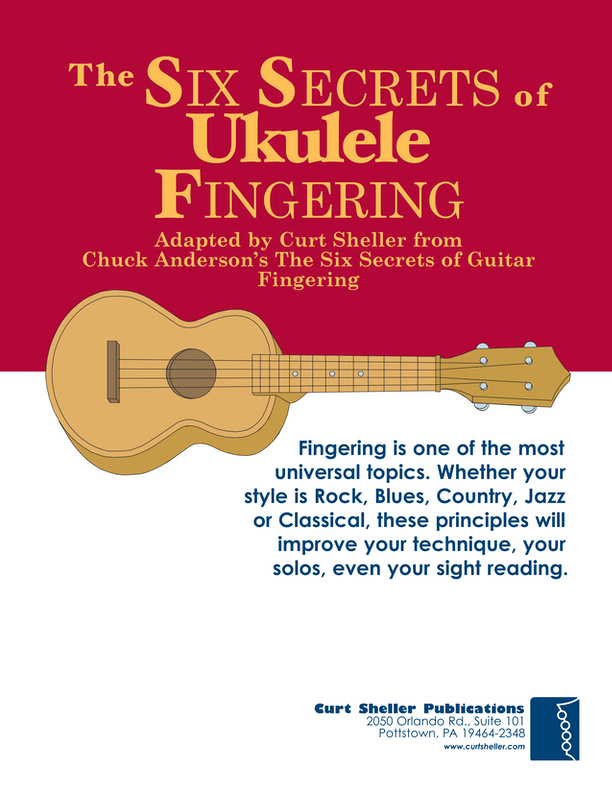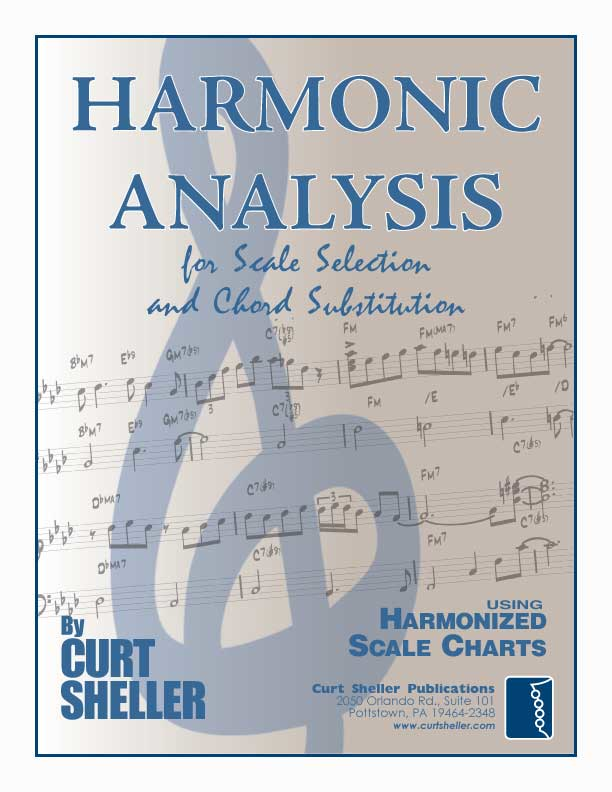Locating the downbeats, pulse, and especially beat one is really important in music. Tracking the downbeats on a strumming instrument like ukulele is really important as it relates to the stroke direction and weak and strong part of downbeats and upbeats. These strong and weak parts of the beat need to be reinforced and telegraphed in order for listeners and fellow musicians to play and follow along.
Locating the downbeats, pulse, and especially beat one is really important in music.
Tracking the downbeats on a strumming instrument like ukulele is really important as it relates to the stroke direction and weak and strong part of downbeats and upbeats. These strong and weak parts of the beat need to be reinforced and telegraphed in order for listeners and fellow musicians to play and follow along.
Finding and Reinforcing the Beat and Pulse
The Pulse
The Pulse in music, often referred to as the "beat," is the regular, recurring underlying sense of timing that listeners perceive when they hear a piece of music. It is what you instinctively tap your foot or nod your head to when you listen to a song. The pulse serves as the steady foundation upon which the rhythm is built, helping to organize the music in time.
Here are a few key aspects of the pulse:
- Steady and Regular: The pulse is consistent and evenly spaced, providing a sense of stability.
- Foundation of Rhythm: It acts as the basic unit of time, around which rhythms and tempos are structured.
- Perceptible by the Listener: It is something that can be felt intuitively, often making people want to move or dance in time with the music.
- Tempo Indicator: The speed of the pulse determines the tempo of the piece, which can be fast, moderate, or slow.
In summary, the pulse is the essential rhythmic element that underpins the structure of music, giving it a sense of timing and movement.
Finding The Downbeats
Locating the downbeats in music involves identifying the primary beats in a measure, which typically receive the most emphasis. Here are some steps and tips to help you find the downbeats:
- Understand the Time Signature: The time signature tells you how many beats are in a measure and what type of note gets one beat. For example, in 4/4 time, there are four beats per measure, and the quarter note gets one beat.
- Listen for Emphasis: In many musical styles, the downbeat is often emphasized more than other beats. In 4/4 time, the first beat of each measure is typically the downbeat.
- Tap Your Foot or Clap: Start by counting along with the music. In 4/4 time, count "1, 2, 3, 4" repeatedly. The "1" is the downbeat.
- Pay Attention to the Music’s Accents: Listen for natural accents in the music. Drums often accentuate the downbeat, especially the kick drum. Other instruments like bass or chords played on the piano or guitar may also highlight the downbeat.
- Use Conducting Patterns:
- Look at the Music Notation:
- Use Conducting Patterns:
- Look at the Music Notation: If you have sheet music, the first note or chord in each measure is typically placed right after the bar line and often marks the downbeat.
By combining these methods—listening for emphasis, counting beats, tapping along, and examining music notation—you can effectively locate the downbeats in a piece of music.
With any of the above drills or exercises, someone listening should be able to find the downbeats and follow or play along. Even if you're not playing on every beat. The beat — the downbeats are readily identified.
Keeping Your Place in Songs
One hard thing to do when tying to incorporate new chords you've learned along with new strums, etc … — is to not get lost in a song and keeping your place.
Here is a great exercise I do with my students It is to only play the chords on beat one, then only on beat two, then only on beat three and finally only on beat four. This exercise really forces you to learn how to keep your place and actually count where you are. Start with a slow tempo and increase the tempo as you get more proficient.
Variations include play only on two of the four beats. Try using only one of the Level II Modular Phonetic syllables in each measure. ( See this lesson's related lessons below )
Related Lessons, Videos, Lesson Series, Songs, Books & Reference Charts, Resources & Assets, Workshops are below.

Modular Phonetic Rhythm represents a significant advance in the teaching and application of rhythm. Eliminating many inefficient aspects of rhythm education, Modular Phonetic Rhythm streamlines the traditional educational approach, resulting in a reflexive reaction to rhythm.

Modular Phonetic Rhythm represents a significant advance in the teaching and application of rhythm. Eliminating many inefficient aspects of rhythm education, Modular Phonetic Rhythm streamlines the traditional educational approach, resulting in a reflexive reaction to rhythm.

Finally, learn the names of the notes of the ukulele fingerboard in C tuning .

Learn the six fingering principles to navigating the ukulele fingerboard. Fingering is one of the most universal topics. Book: Six Secrets of the Ukulele Fingering

Harmonic Analysis is the understanding of the functional sequence of chords. It is the process used to analyze the harmonic structure of a progression, song or composition. Book: Harmonic Analysis for Scale Selection and Chord Substitution

Learn to read single note melodies in the first/open position is a lot easier than you might think. Book: Ukulele – Reading Music Series – Primer

An organized collection of daily practice and reference material for the contemporary ukulele player for developing the vocabulary and knowledge necessary for single note playing. Book: Daily Practice Material for the Contemporary Ukulele
Checkout the Books & Reference Charts for additional Handy, Dandy Reference Charts.

Ukulele Fingerboard Chart for C Tuning, Low or High G – G C E A

Ukulele Fingerboard Chart for G Tuning, Low or High A – D G B E

A handy reference chart of all 15 major and relative minor key signatures. US Letter 8.5 x 11 sized (ANSI-A), A4
Checkout the Books & Reference Charts for additional Handy, Dandy Reference Charts.








.jpg)